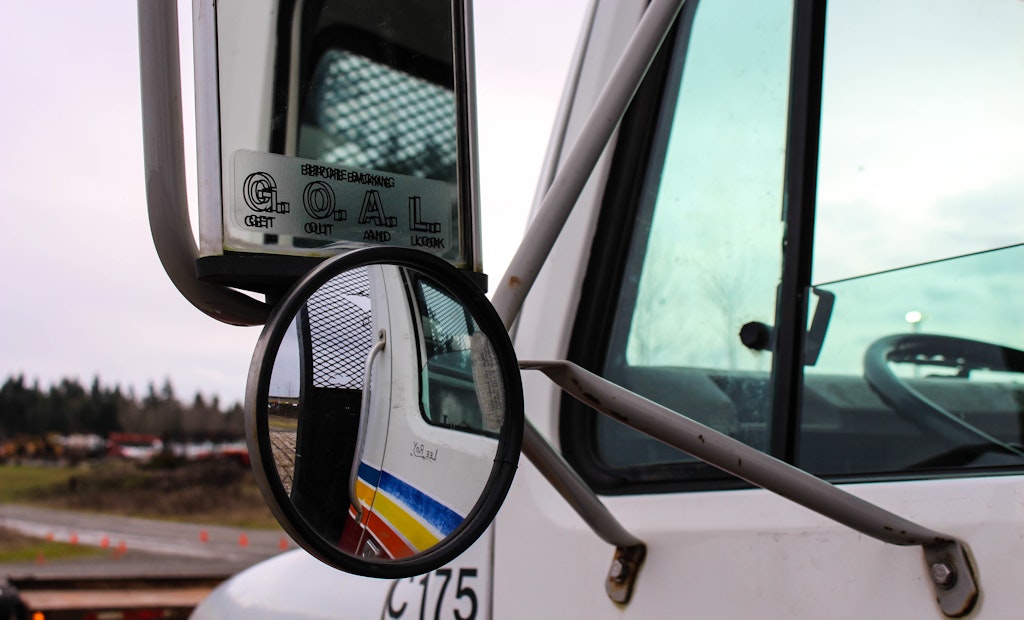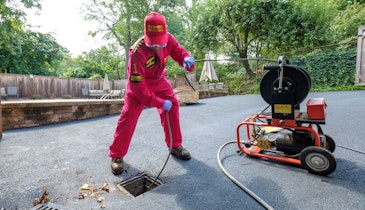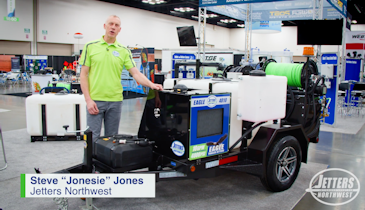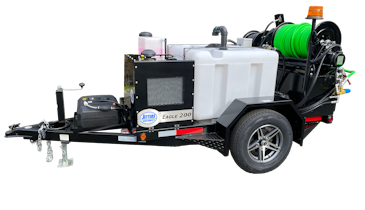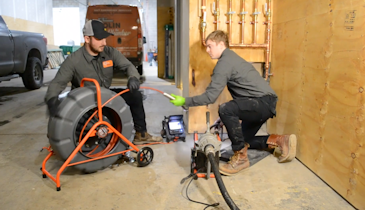In work truck fleets, operator safety is a paramount concern. Adding safety options can have huge payoffs in terms of insurance savings, productivity and employee morale.
Driving is the most dangerous activity most Americans undertake on a regular basis. Thousands perish in...
